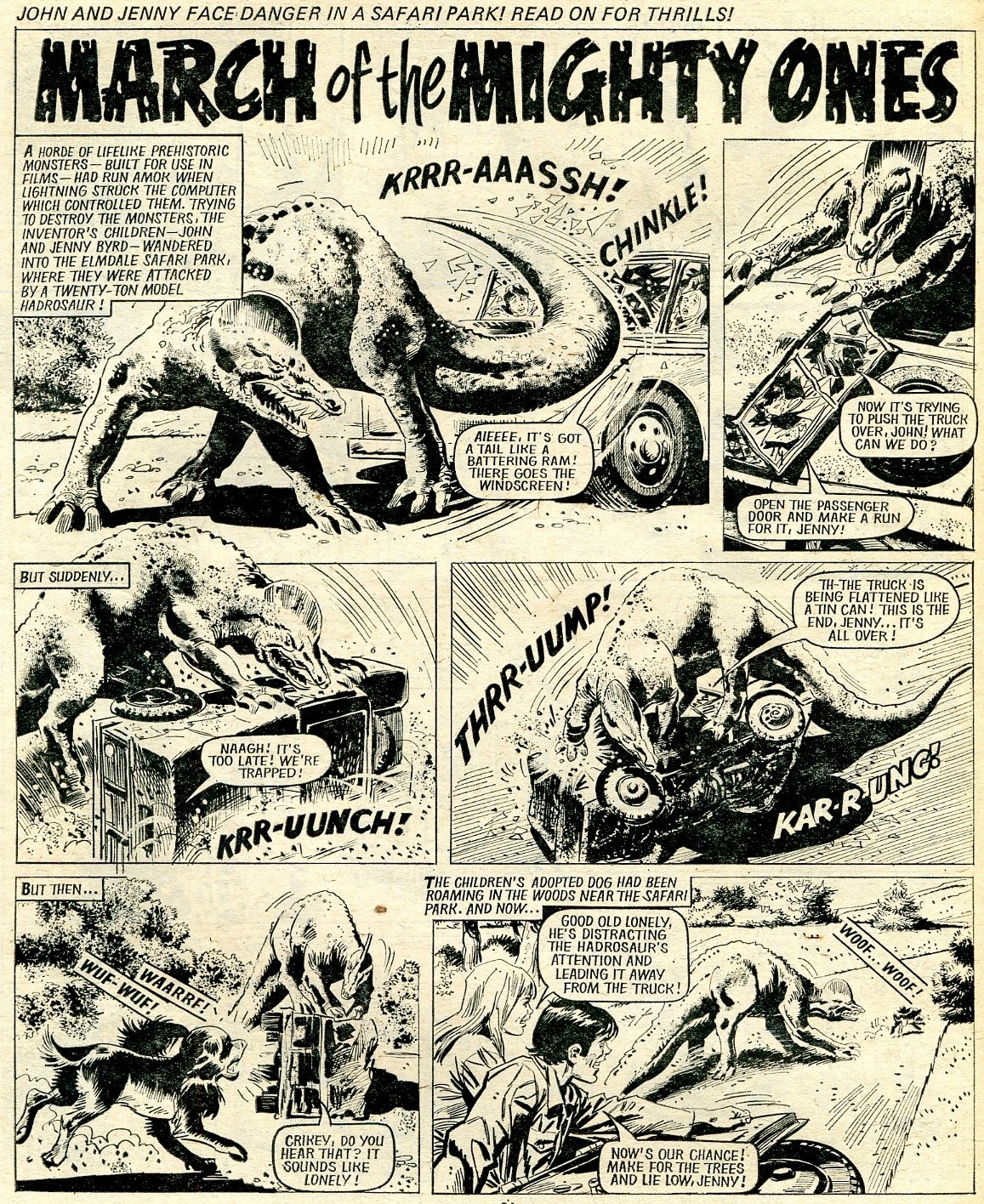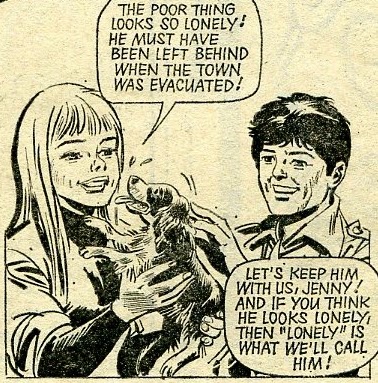welcome and enjoy!
Hi and welcome to my blog about comics from other people’s childhood! It is dedicated primarily to British humour comics of the 60s and 70s. The reason they are not from my childhood is simply because I didn’t live in the UK back then (nor do I live there now). I knew next to nothing about them until fairly recently but since then I’ve developed a strong liking for the medium and amassed a large collection, including a number of complete or near complete sets. My intention is to use this blog as a channel for sharing my humble knowledge about different titles, favourite characters and creators as I slowly research my collection.
QUICK TIP: this blog is a sequence of posts covering one particular comic at a time. The sequence follows a certain logic, so for maximum results it is recommended that the blog is read from the oldest post up.
Copyright of all images and quotations used here is with their respective owners. Any such copyrighted material is used exclusively for educational purposes and will be removed at first notice. All other text copyright Irmantas P.
Sunday, April 27, 2014
A LOOK AT MONSTER FUN STRIPS: MAJOR JUMP HORROR HUNTER
Tuesday, April 22, 2014
A LOOK AT MONSTER FUN STRIPS: MARCH OF THE MIGHTY ONES
Adventure serials involving man-made mechanical monsters were rather common in UK comics of the 60s and the 70s – The Toys of Doom in BUSTER, Von Hoffman’s Invasion in JET and later BUSTER, Young McDonald and His Farm in COR!! Holiday Specials and Annuals are some of the memorable examples. March of the Mighty Ones was MFC’s offering in this genre, and an excellent one too.
The vast majority were replicas of real dinosaurs and pre-historic animals – such as Tyrannosaurus, Pterodactyl, Archaeotherium, Iguanodon, Glyptodon, etc. etc.; a few were fantastic creatures – such as a giant ground sloth or a cross between a camel and a pre-historic horse capable of firing electric power bolts from its stubby trunk. There were some homo sapiens specimen as well – such as a pair of mechanical prehistoric cave-men and even two professional criminals and bank robbers Jim and Joe; these two were different from the rest because rather than being part of the horde of the monsters running amok, they were crazy marauders looking to plunder the deserted town crawling with monster machines.
In issues 54 to 56 John and Jenny got caught in cross-fire as they accidentally found themselves in a private safari park full of real feline predators and had to fight a twenty-ton Hydrosaur at the same time:
Sometimes the episodes were comical – in issue 10 an old man whom John and Jenny saved from a nasty sabre-toothed tiger got so mad at a terrifying Megalosaurus for trampling his property that he poked it with a pitchfork and short-circuit sent it into flames; in another episode John tricked two aggressive robot cave-men into stuffing themselves silly with canned herring and then ripped their main fuses out. Of course, things weren’t always that easy; the brave monster-busters often faced mortal danger and other drama such as separation, amnesia and even a hostage situation. It’s nice how they managed to keep their mood up celebrating important holidays:


























